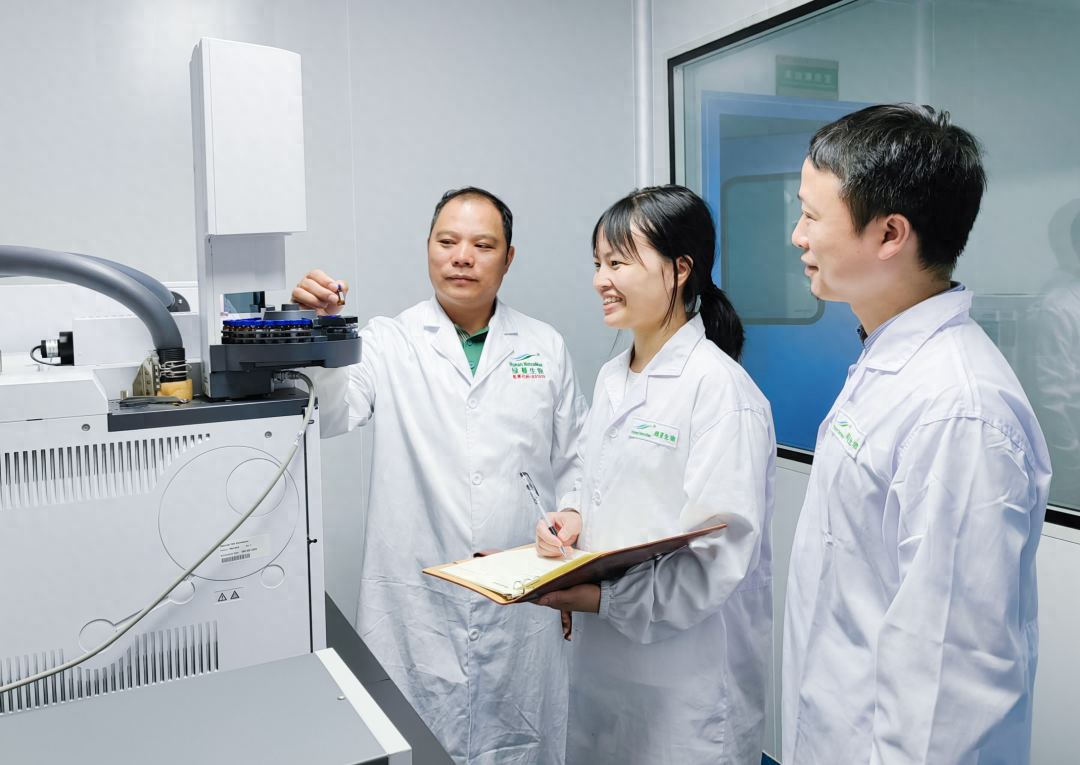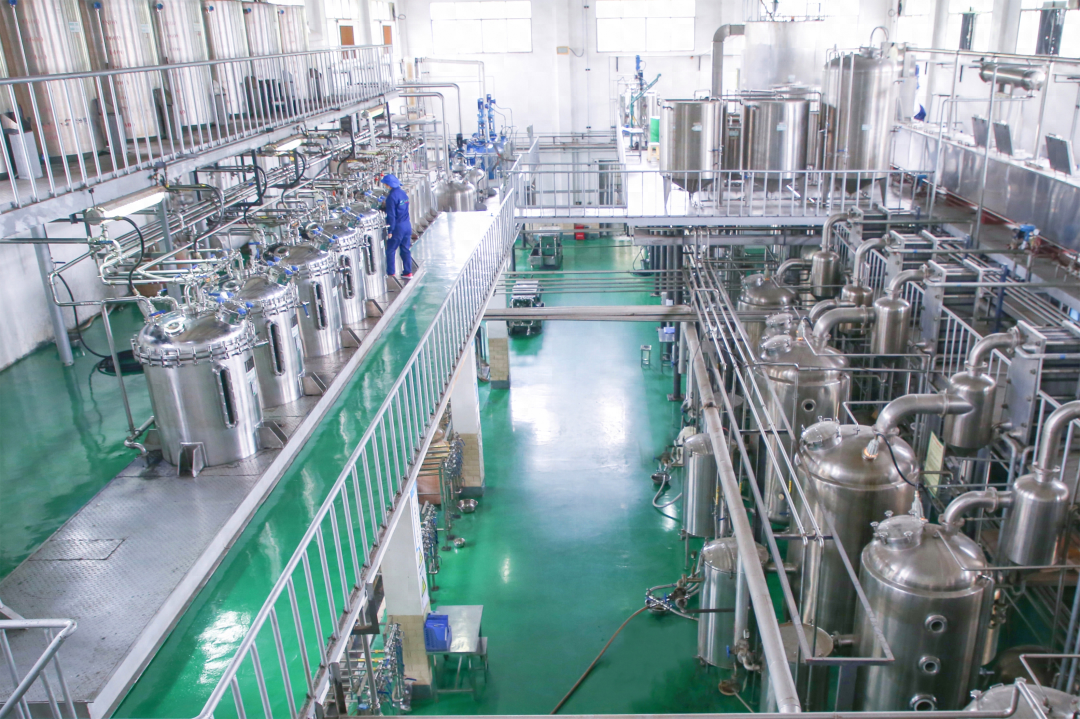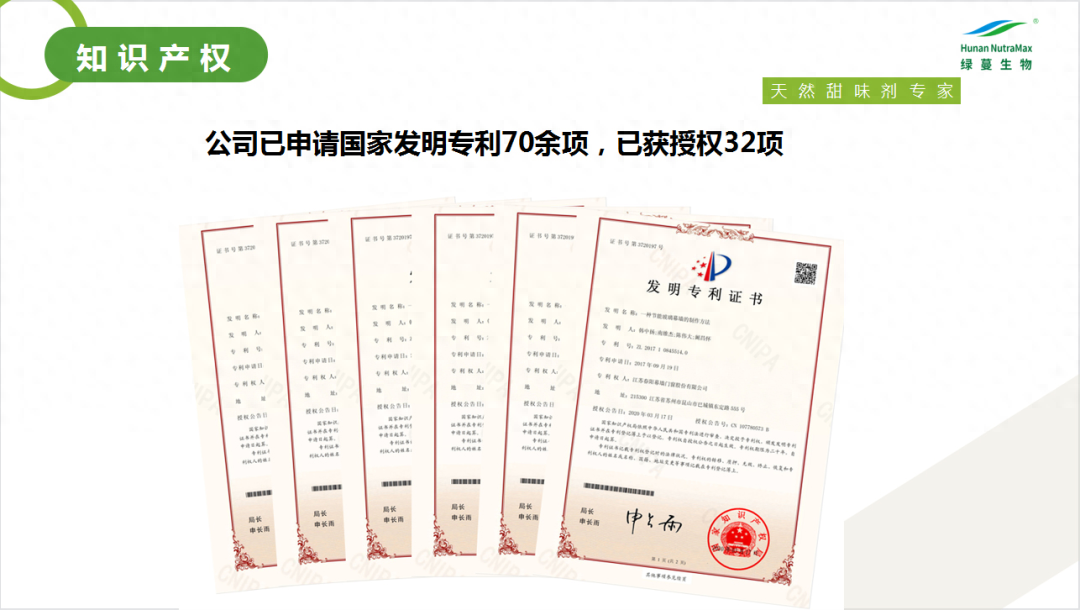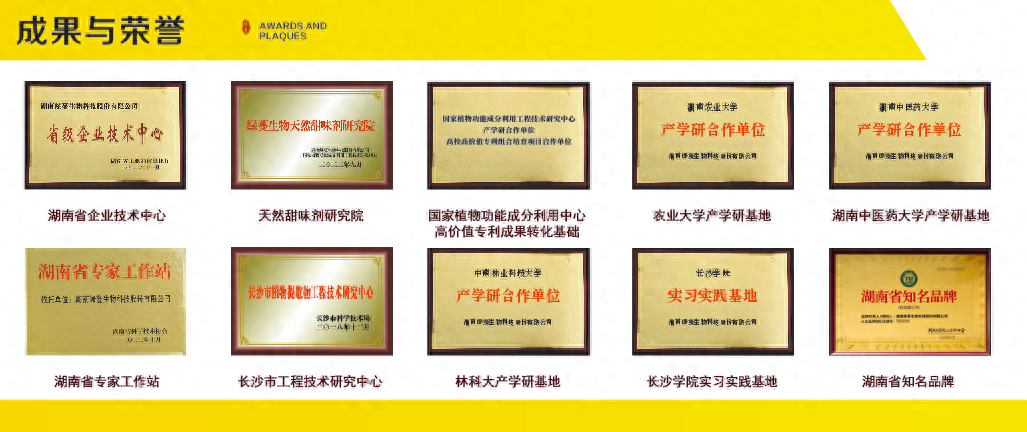New breakthroughs have been made in archaeology of Liangzhu ancient city and water conservancy system site.

Unearthed artifacts from Sidun site
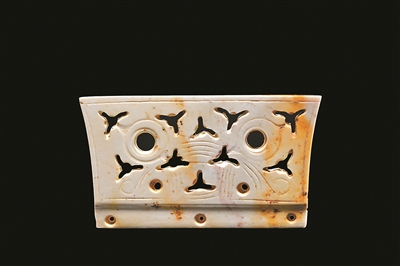
Corona found in Liangzhu ancient city site
Yesterday, National Cultural Heritage Administration held a working meeting on the important progress of the "Archaeological China" project, and reported the latest progress of four archaeological studies, namely Liangzhu Ancient City and Water Conservancy System Site in Hangzhou, Zhejiang, Sidun Site in Changzhou, Jiangsu, Chenghe Site in Shayang, Hubei, and the origin and spread of Austronesian languages. These archaeological projects showed the origin of civilization in the middle and lower reaches of the Yangtze River and the southeast coastal areas.
Liangzhu Ancient City and Water Conservancy System Site
Reflect the concept of settlement management and urban construction
Liangzhu Ancient City Site, located in Yuhang District, Hangzhou City, Zhejiang Province. Supported by the "Archaeological China" major project, Zhejiang Institute of Cultural Relics and Archaeology has continuously carried out "settlement archaeology in the core area of Liangzhu site" and "research on peripheral water system", and made new breakthroughs in recent years.
Among them, the discovery of Liangzhu ancient city and the ruins of water conservancy system, the initial clearance of Liangzhu ruins group, experienced three development stages: using piedmont landform to build scattered settlements, planning to build water conservancy system, Mojiao Mountain and anti-mountain, and then building Liangzhu ancient city with city walls and foreign countries, which reflected the gradual evolution of Liangzhu population settlement management and urban construction concept and belief system, and showed the important significance of Liangzhu culture in the origin of Chinese civilization.
si dun site
Reflect the complicated process of prehistoric society in Taihu Lake
Sidun Ruins, located in Tianning District, Changzhou City, Jiangsu Province, is a Neolithic site, which was founded in 1949. The central settlement site with Liangzhu cultural remains as the main body dates from about 5500 to 4500 years ago. The site is centered on an oval mound, surrounded by more than ten small terraces, and surrounded by double water systems, with a total area of about 1.5 million square meters.
With the support of the "Archaeological China" major project, since 2019, Nanjing Museum has continued to carry out the archaeological work of Sidun site and achieved important results.
The remains of Songze culture in Sidun site, covering an area of about 15,000 square meters, have been found in burial areas, dry-fence buildings, wells and other remains. Among them, there are 40 tombs, and the tombs in the north are of high grade. There are about 30 funerary objects, and jade articles such as Huang have been unearthed. Six lacquered pottery pots were unearthed in the water well in Dundongtai, and the pottery pot with the woven pattern of capuchin bird painted in red, yellow and black was the most exquisite.
Sidun site shows the change of settlement layout from the late Songze culture to Liangzhu culture, which vividly reflects the complicated process of prehistoric society in Taihu Lake area.
Chenghe site
Show the management of water resources in Neolithic age
Chenghe Site, located in Hougang Town, Shayang County, Hubei Province, with an area of about 700,000 square meters, is the Qujialing — An important city site of Shijiahe culture, about 5100 to 4500 years ago. With the support of the "Archaeological China" major project, the Institute of Archaeology of China Academy of Social Sciences and other units jointly carried out systematic archaeology in the northern, western and Wangjiabang sites of Chenghe site, and achieved important results.
In Poyang Lake and Dengguantai, outside the ruins of Chenghe River, the remains of a dam artificially built during the Qujialing cultural period were discovered. It was preliminarily proved that the remains span the tributary valley of Chenghe River, with a length of 260 meters from north to south and a width of 39 meters at the west, which may be used to intercept the water resources of Chenghe branch and form a water storage area. Water resources can enter the city with the help of artificial ditches to realize water supply in dry season and drainage in flood season. Chenghe site reflects the Qujialing cultural crowd’s water resources management mode of regulating and controlling the water use of the ancient city by building a series of water conservancy facilities, and shows the cognition and transformation of the Neolithic ancients in the middle reaches of the Yangtze River to nature.
Wangjiabang cemetery in the northern part of the city is the largest and most well-preserved Qujialing cultural cemetery discovered so far. Archaeological work shows that the ancients leveled the land, built the cemetery and held ritual activities, and finally the southern part of the cemetery gradually evolved into a production and living place. At the same time, various forms of single-coffin tombs, large tombs with "one coffin for exclusive use", small tombs with complete coffins, and small burial tombs were revealed. Various types of tombs in Wangjiabang Cemetery reflect the complexity and social differentiation of Qujialing cultural community structure and provide new evidence for exploring the Neolithic civilization process in the middle reaches of the Yangtze River.
Research project on the origin and spread of Austronesian language family
Focus on prehistoric culture in southeast coastal areas
In 2021, the study on the origin and diffusion of Austronesian languages was included in the major project of "Archaeology China". The Institute of Archaeology of Chinese Academy of Social Sciences, the Institute of Archaeology of Fujian Province, the Institute of Cultural Relics and Archaeology of Zhejiang Province and other units cooperated to actively explore the clues of the origin of Austronesian languages with the research on the development of prehistoric culture in the southeast coastal areas of China as the core, and made important progress at present.
The southeast coast is a key area to explore the origin and spread of Austronesian language families. After the start of the project, the Jingtoushan site in Zhejiang Province, Xiying, Keqiutou, Donghuaqiu and Guishan sites in Pingtan Island in Fujian Province, Wanchaitou and Neijiao sites in Hainan Province have been systematically excavated, and the space-time framework and social structure of the southeast coastal and island areas about 8,300 to 3,000 years ago have been initially constructed.
The Jingtoushan site, dating from about 8300 to 7800 years ago, is the earliest discovered coastal shell mound in China, with rich relics such as mud clams, conchs, oysters, marine fish spines and so on, which provides direct evidence for the ancients to develop marine resources.
Xiying site, dating from 7300 to 6500 years ago, is a small settlement. The analysis of human bones shows that the ethnic groups living here have close genetic relationship with the ethnic groups in southern China and Southeast Asia.
Keqiutou Site is a medium-sized settlement, dating from about 6,500 to 5,000 years ago. The functional divisions of residential area, food processing area, handicraft area and garbage dumping area in the site are clear, and the cultural features show that there are cultural connections between the two sides of the Taiwan Province Strait.
At Xiying site and Keqiutou site, the earliest rice remains in the southeast coastal islands of China were also found.
Donghuaqiu site and Guishan site are about 4000-3200 years ago, with high settlement level and large scale, and reasonable layout of ceremony area, public activity area and living area, which shows the organizational form and survival mode of coastal prehistoric population society at this stage.
The above research has deepened the understanding of the prehistoric people’s utilization of marine resources in the southeast coastal areas of China and the diffusion process of prehistoric agricultural culture to southeast Asian islands, and provided important clues for exploring the origin and diffusion of Austronesian languages.
Text/reporter Cui Yifei
Photo courtesy/National Cultural Heritage Administration











